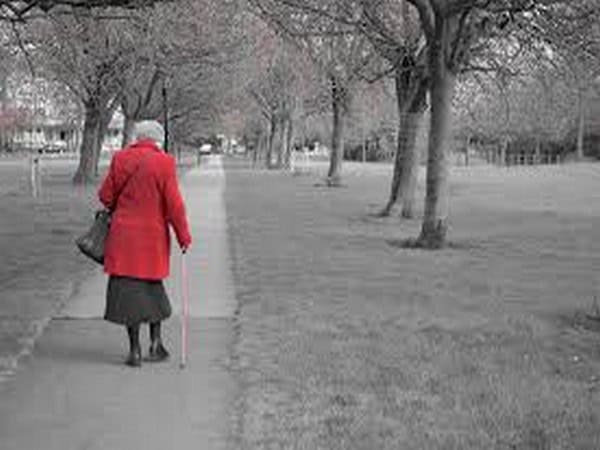Washington: A daily goal of 10,000 steps might sound like a magic number, but a new study showed the number of steps is actually required for older women to be in good health and it is not 10,000 steps.
The study was published in the Journal JAMA Internal Medicine.
The team reported that, among older women, taking as few as 4,400 steps per day was significantly associated with a lower risk of death compared to taking 2,700 steps per day.
Risk of death continued to decrease with more steps taken but leveled off at around 7,500 steps per day — less than the 10,000 steps default goal in many wearables.
“Taking 10,000 steps a day can sound daunting. But we find that even a modest increase in steps taken is tied to significantly lower mortality in older women,” said I-Min Lee, MBBS, Division of Preventive Medicine at the Brigham.
She added, “Our study adds to a growing understanding of the importance of physical activity for health, clarifies the number of steps related to lower mortality and amplifies the message: Step more — even a little more is helpful.”
The origin of the 10,000-step goal is unclear but may trace back to 1965, when a Japanese company began marketing a pedometer called Manpo-kei, which translates to “10,000 steps meter” in Japanese.
Researchers included participants from the Women’s Health Study, a randomized trial originally conducted to evaluate the risk of cardiovascular disease and cancer among women taking low-dose aspirin and vitamin E.
After the original trial ended, participants were invited to participate in a long-term observational study.
Almost 18,000 women were asked to wear an ActiGraph GT3X+ accelerometer device — a research grade wearable — on their hips for seven consecutive days during all waking hours. The team analyzed 16,741 of the women who were compliant with wearing the device; their average age was 72. Participants were followed for an average of more than four years.
Participants in the bottom 25 per cent of steps walked (average of 2,700 steps per day) were at greatest risk of death, with 275 women dying. Those who walked modestly more (average of 4,400 per day) were at 41 per cent lower risk of death.
Risk of death continued to decrease with more steps walked, up to 7,500 steps per day, after which risk leveled off.
The team also found that for women who walked the same number of steps per day, the intensity — how fast or slow they walked — was not associated with risk of death.
“Our work continues to make the case for the importance of physical activity,” said Lee.
“Clearly, even a modest number of steps was related to lower mortality rate among these older women. We hope these findings provide encouragement for individuals for whom 10,000 steps a day may seem unattainable.” he opined.
[source_without_link]ANI[/source_without_link]

